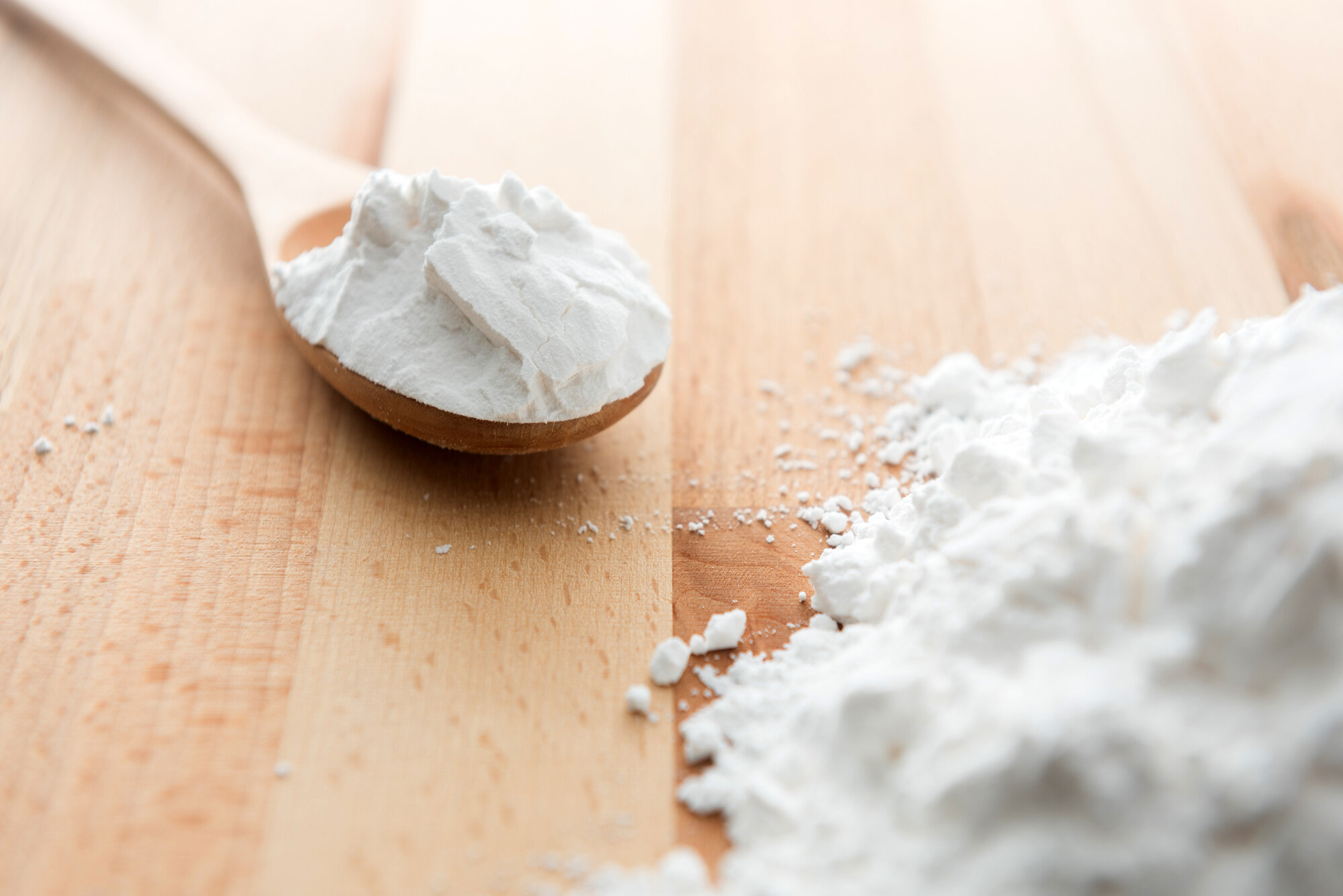
What is maltodextrin? This common food additive often sparks curiosity. Maltodextrin is a white powder made from corn, rice, potato starch, or wheat. It's used in many processed foods to improve texture, flavor, and shelf life. Despite its complex name, it's simply a carbohydrate. Athletes sometimes use it for quick energy boosts. However, some people worry about its effects on blood sugar levels. Is maltodextrin safe? Generally, yes, but moderation is key. Understanding this ingredient can help you make better food choices. Let's dive into 21 facts about maltodextrin to clear up any confusion and provide some tasty knowledge!
What is Maltodextrin?
Maltodextrin is a common food additive derived from starch. It's often used in processed foods for various purposes. Let's dive into some interesting facts about this ingredient.
-
Maltodextrin is made from starches like corn, rice, potato, or wheat. The starch is cooked, and then acids or enzymes break it down into smaller pieces.
-
Despite being derived from natural sources, maltodextrin is highly processed. This processing changes its structure significantly.
-
It appears as a white powder and is flavorless. This makes it easy to add to foods without altering their taste.
-
Maltodextrin is often used as a thickener or filler in foods. It helps improve texture and consistency.
-
It can also act as a preservative. This helps extend the shelf life of many processed foods.
Nutritional Aspects of Maltodextrin
Understanding the nutritional profile of maltodextrin can help you make informed dietary choices.
-
Maltodextrin is high in calories. One gram contains about four calories, similar to sugar.
-
It has a high glycemic index (GI). This means it can cause a rapid spike in blood sugar levels.
-
Despite its high GI, maltodextrin is often used in sports drinks. Athletes use it for quick energy during intense workouts.
-
It contains no vitamins or minerals. It's purely a source of carbohydrates.
-
People with diabetes should be cautious. Its high GI can make blood sugar management more challenging.
Uses of Maltodextrin in Food
Maltodextrin's versatility makes it a popular choice in the food industry.
-
It's used in powdered foods like soups and sauces. It helps them dissolve easily in water.
-
Maltodextrin is a common ingredient in snack foods. It helps create a desirable texture and mouthfeel.
-
It's often found in sugar-free products. It can add bulk and texture without adding sweetness.
-
Maltodextrin is used in beer brewing. It can improve the mouthfeel and head retention of the beer.
-
It's also used in frozen foods. It helps prevent ice crystals from forming, improving texture.
Health Considerations
While generally recognized as safe, there are some health considerations to keep in mind.
-
Maltodextrin can cause digestive issues for some people. Symptoms may include bloating, gas, and diarrhea.
-
It's often made from genetically modified (GMO) crops. This is a concern for those avoiding GMOs.
-
Some people may be allergic to maltodextrin. This is especially true if it's derived from wheat.
-
Overconsumption can contribute to weight gain. Its high calorie content can add up quickly.
-
It's not suitable for those following a low-carb diet. Its carbohydrate content is quite high.
Alternatives to Maltodextrin
If you're looking to avoid maltodextrin, there are alternatives available.
- Arrowroot powder is a natural thickener. It can be used in place of maltodextrin in many recipes.
Final Thoughts on Maltodextrin
Maltodextrin, a common food additive, plays a significant role in various products. It's a versatile ingredient, often used as a thickener, filler, or preservative. Despite its benefits, it's crucial to be aware of its potential impact on blood sugar levels, especially for those with diabetes. While generally safe, excessive consumption can lead to weight gain and other health issues. Always check food labels to understand what you're consuming. By staying informed, you can make better dietary choices. Remember, moderation is key. Balancing your intake of processed foods with whole, natural options will help maintain a healthy lifestyle. So next time you see maltodextrin on a label, you'll know exactly what it is and how it might affect you. Stay curious, stay informed, and make choices that benefit your health.
Was this page helpful?
Our commitment to delivering trustworthy and engaging content is at the heart of what we do. Each fact on our site is contributed by real users like you, bringing a wealth of diverse insights and information. To ensure the highest standards of accuracy and reliability, our dedicated editors meticulously review each submission. This process guarantees that the facts we share are not only fascinating but also credible. Trust in our commitment to quality and authenticity as you explore and learn with us.


